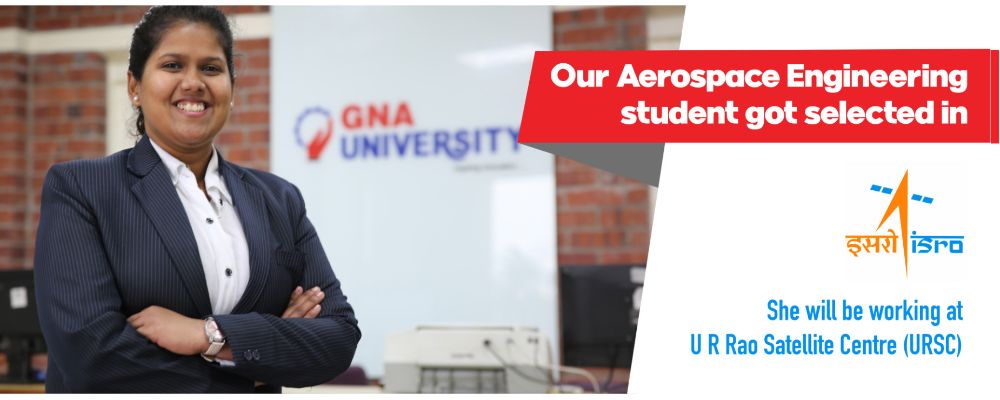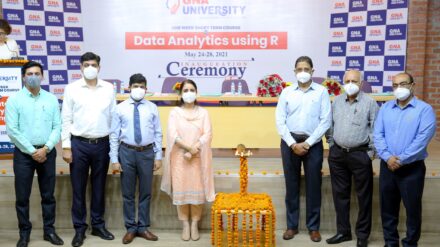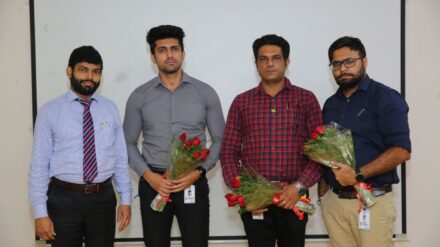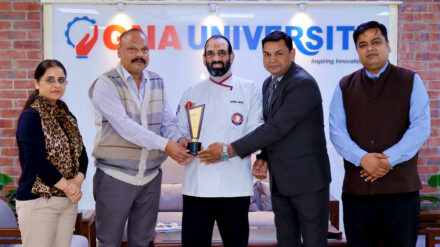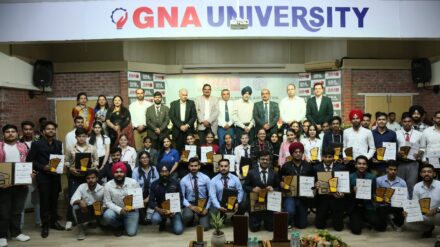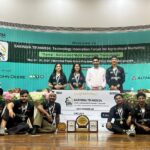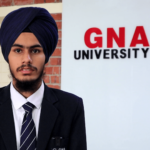Table of contents
History of aerospace engineering
As aerospace is the fastest growing engineering in the world let’s see how it all started. B.Tech in aerospace engineering from GNA University opens many doors to success.
Join GNA University – Best aerospace engineering college in Punjab.
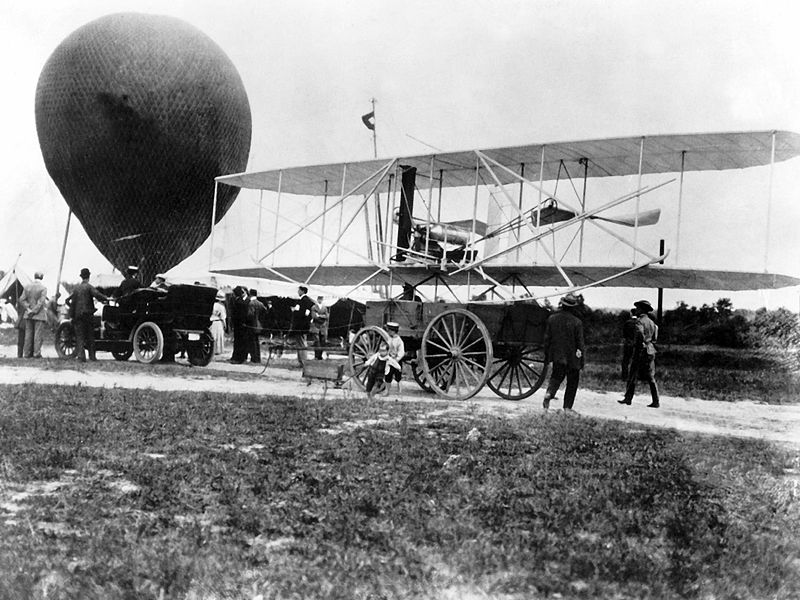
Early innovators of powered, lighter-than-air craft included Jules Henri Giffard, who in 1852 flew the first steerable steam-powered airship ; Charles Renard and Arthur Constantin Krebs, who in 1884 flew the first powered airship to return to its starting point; and Ferdinand von Zeppelin who built and flew the first rigid airship, in 1900.
Much of the early work leading to the airplane involved gliders, and the 19th century saw dozens of glider experiments.
Sir George Cayley expressed the principles of heavier-than-air flight starting in 1804, and in 1856, Jean-Marie Le Bris flew the first manned glider that climbed higher than its launch point. Le Bris did this by having a horse tow the glider along a beach.
The lack of a suitable engine thwarted many early efforts at powered, heavier-than-air flight. The first successful powered flight is credited to Orville and Wilbur Wright . The brothers incorporated the concepts of lift, weight, drag and thrust from a suitably powerful engine, and three-axis control of pitch, roll and yaw . In doing so, the inventors created the first airplane able to take off and climb on its own power, fly for a significant distance and make a controlled landing.
After the invention of fixed-wing airplanes, came the first rotary-wing aircraft, which include autogyros and helicopters. Based on principles first demonstrated in Chinese flying toys dating to 400 B.C., the idea of rotary-wing aircraft inspired many inventors to attempt vertical flight with rotating propellers. A number of small models powered by springs and rubber bands were built, but again, the first true helicopter had to wait for a suitably powerful engine.
Helicopter and autogyro designs progressed incrementally over the next few decades.
Juan de la Cierva is credited with inventing the autogyro, a type of aircraft with fixed wings that uses a rotor for lift and a propeller for thrust. His advancements in rotary design led directly to the first modern helicopter, which is generally attributed to Igor Sikorsky in 1942.
The other side of aerospace engineering is rocketry and spacecraft. The most famous pioneers in this field were Robert Goddard , who constructed and successfully launched the first liquid-fueled rocket;
Werner von Braun , who developed the first ballistic missile and went on to become the first director of NASA’s Marshall Flight Center; and Konstantin Tsiolkovsky , who is considered the Russian father of rocketry.
Several astronauts were aerospace engineers, including Kalpana Chawla , the first Indian-born woman in space, who died in the space shuttle Columbia disaster; and Neil Armstrong , the first man on the moon. Armstrong himself once said : “I am, and ever will be, a white socks, pocket protector nerdy engineer.” Other well-known aerospace engineers include Boback Ferdowski , the “Mohawk Guy,” who serves as flight director of NASA’s Mars Curiosity rover mission, and Burt Rutan , whose company, Scaled Composites, designed SpaceShipOne, the first nongovernment manned spacecraft.
Source: (livescience.com)
What is aerospace engineering?
Aerospace engineering is the principal area of engineering concerned with the design, testing, development, and production of aircraft, spacecraft, and associated systems and gear. The area has traditionally concentrated on issues associated with space and atmospheric flight, with just two important and overlapping divisions: aeronautical engineering and astronautical engineering.

Aeronautical Engineering concentrates on the concept, technologies, and practice of flight inside the planet’s atmosphere.
Astronautical Engineering concentrates on the science and engineering of spacecraft and launch vehicles.
Related Blogs
What might you find on an aerospace engineering degree?
Aerospace engineering graduation courses are of four years based on the form of eligibility.
The aerospace engineering GNA University gives wide knowledge of the subject as well as the aerospace market, preparing students for work at a huge assortment of organisations. There’s scope to concentrate on after finishing the initial two years of this programme.
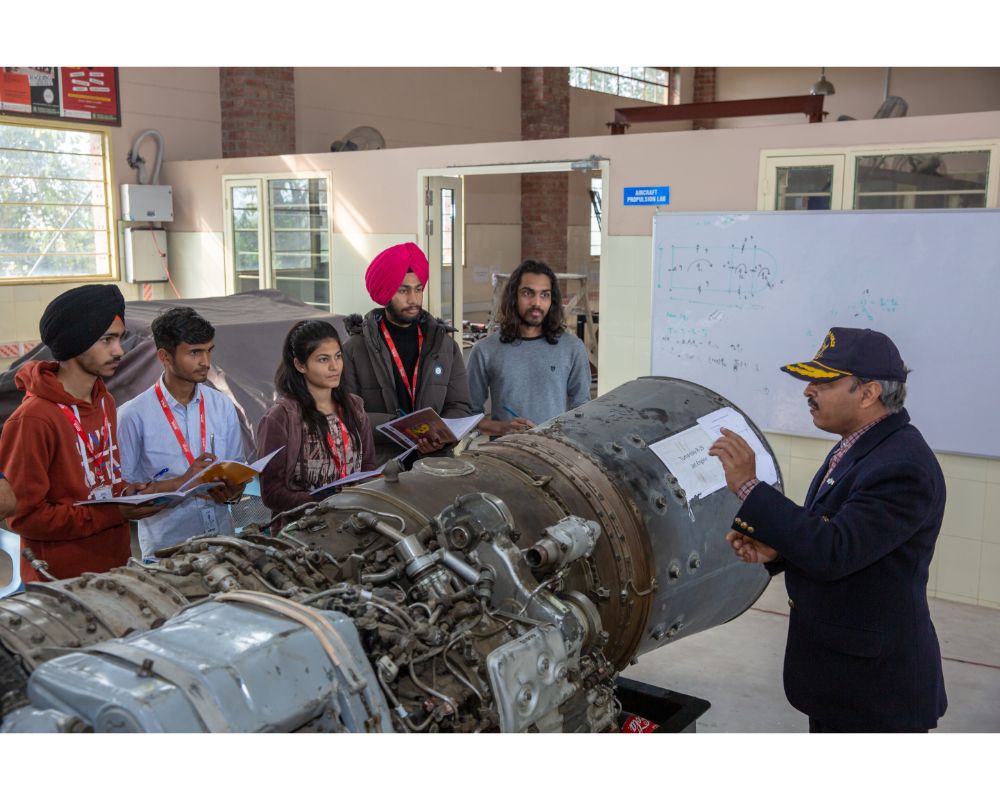
Where they’re offered, placement years normally happen in the third year of this program. As GNA is the best aerospace engineering colleges in Punjab, we provide placement with DRDO, ISRO, HAL, Air India, Boeing, Lockheed Martin, etc. giving students a variety of placements to pick from in numerous continents.
Modules on aerospace engineering classes could incorporate stress and dynamics, fluid math and thermodynamics, numerical and experimental procedures, solid mechanics, structural mechanics, airframe layout, layout optimization, flight dynamics and control, flight testing and investigation, computer-aided engineering and gas dynamics.
Career Pathways?
Aerospace engineering is one of the fastest-growing industries. Improving green and fuel-efficient technologies have contributed to a steady rise in recent years in a whole host of countries. This is set to continue given the expected impact of emerging technologies in fuelling demand for aerospace engineers. It is therefore little surprise that many aerospace engineering graduates remain in the industry, working as aircraft manufacturers for civil and military companies across the globe.
Career Pathways:
- Design Engineer
- UAV Pilot
- Production Engineer
- Lieutenant in Defense Sector
- Method Engineer
- Public Sector Undertaking
- Aerodynamic Engineer
- Aircraft and Shipyard Industry
- Aircraft/Spacecraft Designer
- Data Processing Manager
- Military Aerospace Engineer
- Aerospace Technician
- Mission or Payload Specialist
As well as manufacturing companies and the armed forces, employers include government research agencies, regulators and training institutions. Some graduates also work on satellite platforms, supplying satellite-based tools to dozens of developing countries looking to make advances.
Many graduates find work as a mechanical engineer, and nearly as many find employment in design and development. Most engineering graduates hold engineering and building jobs, including those who go on to work in maintenance, automotive and electrical engineering.
Outside aerospace engineering, graduates frequently go on to work in IT, business and quality control. Many choose to work in the wider aviation industry, be it sales, ground crew or air traffic control.
Famous people who studied aerospace engineering
Several astronauts are among the many famous people who studied aerospace engineering at university, including Neil Armstrong, the first man on the moon, Kalpana Chawla, the first Indian-born woman in space and one of the seven astronauts tragically killed in the Space Shuttle Columbia disaster in 2003, and Kevin A. Ford, a United States Air Force colonel who went on to work for NASA.
A. P. J. Abdul Kalam, once president of India and previously a scientist and engineer, Cheick Modibo Diarra, a former prime minister of Mali, and Alan Beckwith, the television and film actor, also took the subject at university.

